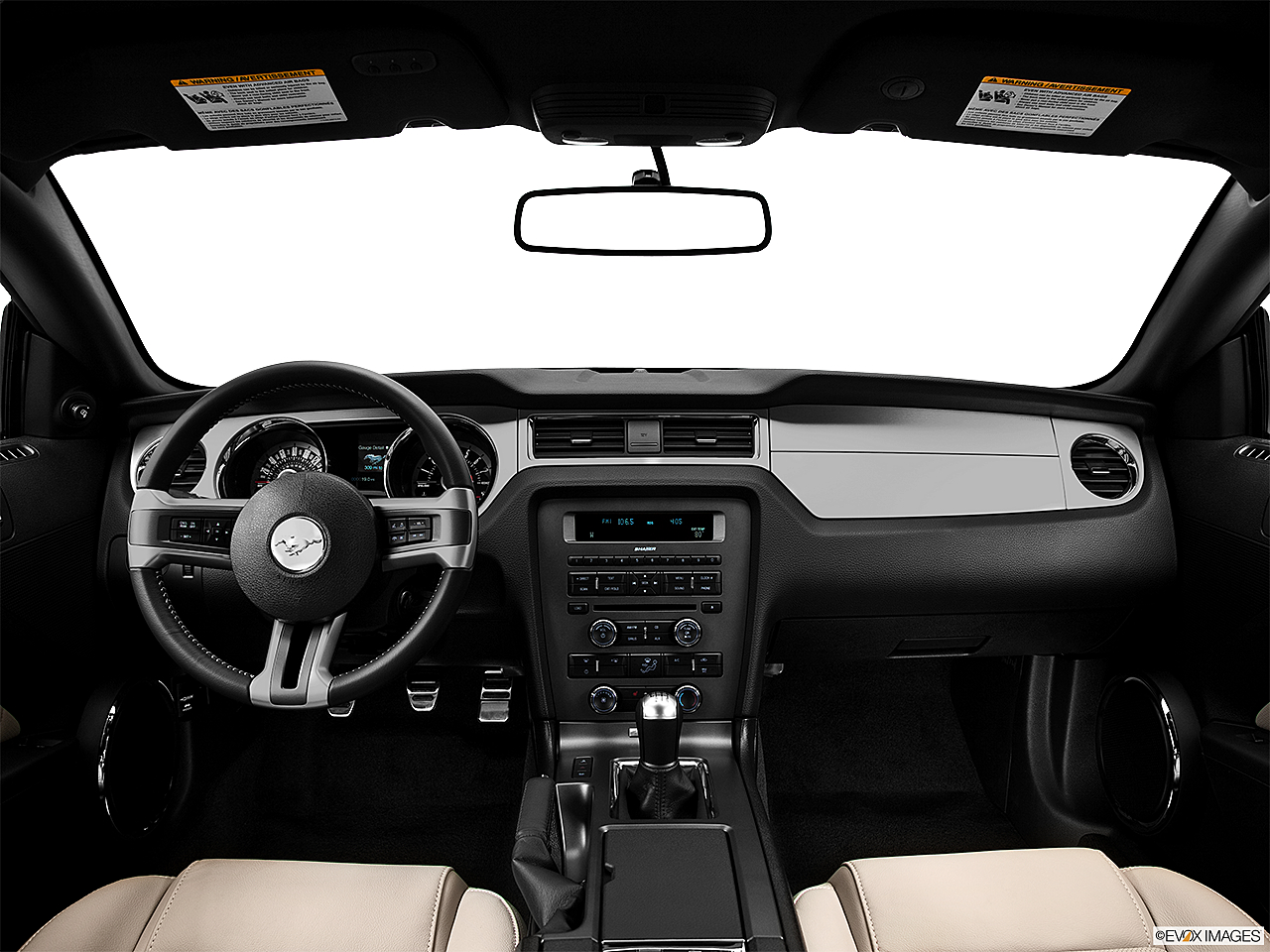
The model year of your Lincoln Continental is crucial when buying it. The original Continental model was discontinued in 1993. However, it was reintroduced for the 1980s. The Lincoln Continental was made to compete with both the Cadillac Seville (and the Imperial). This model was also distinguished by styling that differentiated it from the Ford Granada and Mercury Cougar. Its platform was similar to the Ford Fox Mercury Cougar and Granada. The Continental's wheelbase was also shared with the Continental Mark VII. This model was introduced to the market for the 1984 model years.
Model year 1993
The Lincoln Continental has been subject to four recalls in the 29 years since its introduction. The 1993 model was no different, with 4 recalled vehicles. Here is a look at each of those vehicles. The 1993 Lincoln Continental features many distinctive features. One of these features is an improved center console with floorshifter, a center seat and cup holder. The trunk is spacious and the interior is very spacious.
Model year 1994
The fourth-generation Lincoln Continental was produced in three body styles, the Sedan, the Convertible, and the wagon. It was the first fourdoor convertible made after World War II. It also featured a power-operated retractable roof. Retractable "breezeway" rear windows were also available on the Continental. This feature was introduced in the Mercury Turnpike Cruiser back in 1957. The second generation Continental used the same styling principles as the first, but with frameless glass doors.
Model year 1995
The base price for 1995 Lincoln Continental was $40.750. It increased to $74,500 after production ended in 2002. The Continental was also given some improvements, including an improved suspension system, adjustable steering effort, seat-mounted airbags, and a more refined suspension. In addition, the sedan gained a split-bench front seat and a power sunroof. Although production of the car ended in July 2002, the 1995 model is still available for purchase.

Year 1996
The tenth-generation Lincoln Continental introduced a new front end design theme for the Lincoln division. Standard equipment included a door lock with an electrically latched handle. To unlatch the door, a button was located next to the door pull handle. The exterior door pulls were integrated in the beltline window trim. This design is reminiscent of the third generation Ford Thunderbird. These changes were accompanied a new, more comfortable seating position.
1997 model year
Lincoln's 1997 Lincoln Continental was its last model. It was a luxury car that ranked high within the luxury category. The vehicle was only 13,000 miles old when it was bought by its second owner. This luxury car, which has only been driven 16 years, needed very minor repairs to be in good condition. The transmission and levelers were replaced at 50,000 and 93,000 miles, respectively. The car's interior was elegant and comfortable. The suspension was adjustable for comfort and control, as well.
Model year 1998
The interior design of the 1998 Lincoln Continental has been improved over the model before it. It has new interior trim including bird'seye maple and texture suede on its dashboard. Overall, it feels more spacious than previous models, and the back seat is smaller. The interior space is smaller than that of the Seville. Despite its new exterior design, the 1998 Lincoln Continental offers excellent value for money.
Model year 1999
The Lincoln Continental model year 1999 is only 5ins wider than its predecessor, the Chrysler Town Car. It's 7ins shorter. However, it has a more powerful engine. The DOHC engine in the Continental's 4.6L V-8, on the other hand, is available in Town Car's SOC or single overhead cams. This has resulted in a rise in horsepower from 260 to 265 horsepower at 5,750 rpm.
Model year 2000
The Lincoln Continental's latest V8 engine is one the largest changes in luxury sedan history. This engine is more powerful than the previous generation, it's faster and more agile, and is packed with electronic gadgetry. It can reach 16.3 mpg and match the acceleration of the Cadillac Seville SLS. The Lincoln Continental also came with the latest electronic suspension. But it doesn't really impress. Normal mode gives the suspension its best performance.

2002 model year
The Lincoln Continental remains largely unchanged for model year 2002. There is a new exterior colour and a Vehicle Communication System (VCS), that includes a portable digital to-analog telephone. Other new features include a power sunroof and six-disc changer. The cabin offers ample space for up to six persons. The Lincoln Continental's warranty will remain at 4 years/50,000 miles.
Model year 2003
The Lincoln Continental was last model year 2003 Continental. The Lincoln Continental's success is not just due to its style. The interior design was inspired by the 1961 Continental. Its dashboard had retro-looking gauges and a slew of hidden infotainment features. It was also the most luxurious car in its class. The interior of the 2003 Lincoln Model 3 was unbeatable.
FAQ
How can I prepare for a apprenticeship as a mechanic?
It is important to have an understanding of what you are going into. Understanding the mechanics and working of cars is essential. This way, you know where to start when you go on your first day at the garage.
It is also important to be able to fix small problems like broken lights or tires.
This will teach you how to diagnose problems and fix them yourself.
For the purpose of putting them back together again, you'll need to be able to identify how each piece fits together.
Finally, be proficient in using tools safely and efficiently.
All of these factors will allow you to become a skilled mechanic.
What do I need to know about car mechanics?
To be an auto mechanic, you don't have to know much about cars. You only need to know how to fix them. It's why many people begin to fix things by fitting brake pads or changing tires.
You'll need the ability to read and understand diagrams and to follow simple rules of good practise. You'll also need to be able to judge whether parts need replacing or repairing.
You should not attempt to fix vehicles without proper training and guidance. This is especially true when you are dealing with costly components like engines and transmissions.
Although you won't be required to know much about cars you should have a solid understanding of the fundamentals and principles of mechanical engineering. This includes understanding the mechanics of how engines and brakes work.
It is important to realize that you must be ready for all types of situations. You might be required to work on a vehicle that was involved in an accident. Also, you'll need to be familiar with dealing with accidents or breakdowns.
You should also be open to learning quickly. As well as being able to diagnose problems, you'll need to be able to perform simple maintenance tasks such as tightening nuts and bolts.
What length is an automotive course?
An automotive course lasts for three years.
The first year of your training is devoted to theory. You will learn all about cars. Practical training is the second year. You will learn to drive, fix engines and perform other tasks around the car. You will spend the final year working in a local garage to gain real-world experience.
Is it important which college I go?
No, not really. There are no differences between colleges when it comes to getting into the automotive industry. But, there are better programs at some schools than others. Look elsewhere if you want something more niche.
What is the distinction between a mechanic or an automotive technician?
They are both similar, but not identical. A mechanic repairs cars and an automotive technician performs maintenance.
A mechanic must possess good manual dexterity, and be able perform simple tasks efficiently. They must also be able to diagnose problems accurately and repair them effectively.
An automotive technician requires more technical skills than a mechanic. They must be capable of reading blueprints and using tools such as drills, wrenches, etc.
They must be able and competent to safely perform complicated procedures. They need to be familiar with various types of engines and electrical system.
They must also be capable of understanding how parts interact.
This means that mechanics usually make less money than automotive technicians. But there are many opportunities for both jobs.
Is it worth learning to be a mechanic?
The answer to this question depends on what you want from life if you are looking for money, then yes, but if you're looking for meaning and purpose, then no.
If you don’t have any mechanical skills, it’s pointless to get into it. It will just waste your time. It's not going make you millionaire. It's unlikely that you will be famous. It is unlikely that you will be made famous.
You would need to spend years learning how to do everything properly. You would still need to hire someone to fix your car if it breaks down. Most people won't bother to do it. They find something more worthwhile.
You can make a lot of money if you are looking to do well. However, if you want to have a meaningful and fulfilling life, avoid the mechanic's trade.
What are the requirements of an automotive technician?
You must have graduated high school or GED, with excellent English and math grades. You also need to be able to read and write well. Before you can start working, you will have to pass a written exam and take a series practical tests.
Statistics
- According to the BLS, the median annual salary for automotive service technicians and mechanics in the United States was $44,050 in May 2020. (uti.edu)
- 52% of Mechanics in the United States think their salaries are enough for the cost of living in their area. (indeed.com)
- There were 749,900 jobs available for automotive service technicians and mechanics in 2016, which is expected to grow by six percent through 2026. (jobhero.com)
External Links
How To
How to safeguard yourself against auto mechanic scams
Auto mechanics scamming is a major problem for consumers. On average, a consumer spends $1500 per year on auto repairs. This means that there are many people out there who are willing to take advantage of this situation. You can avoid becoming a victim if you are able to identify the signs. Here are some tips to help you spot a scammer before they get their hands on your money.
-
Never pay upfront. It's a scam to ask for payment upfront. You should always ask for payment after work is completed. If you have any doubts about whether something is legit, contact the Better Business Bureau (BBB), at 1-888-322-8138. They can provide guidance and assistance.
-
Ask for referrals. The best way to ensure that you're dealing with a reputable service provider is to contact previous customers. Check online reviews. Make sure that any business you deal with has a positive reputation.
-
Conduct background checks. Background checks are essential for hiring anyone. To check if complaints have been filed against the business, visit the BBB site. Also ensure that the vehicle's licence number is owned by the person who runs the business.
-
Don't be afraid to walk away. Even if a business appears legitimate, scammers will try to get you to pay too much. If you feel that you have been exploited, don't be afraid to walk away. There are plenty more businesses to choose from.
-
Do not be lured into "free" service. Numerous companies offer free estimates and inspections. These companies often charge high fees for additional services. Ask about additional charges before you sign anything.
-
Avoid being pressured. A company may offer you a great deal because they think they are able to charge you less than you should. If you feel pressured to purchase something, it is likely that the company is a fraud.
-
Look for quality products. It is important to look for high-quality parts when choosing a repair shop. If you need to replace brake pads, you don't want to go to a shop that uses cheap pads. Instead, shop for brakes.
-
Get multiple quotes. It is important to compare prices across shops. You'll have a better chance of finding a fair price when you do so.
-
Keep records. It's important to keep track of all the details surrounding your repair. This includes all receipts, invoices, or warranties. Any phone numbers or addresses you receive should be noted.
-
Keep updated